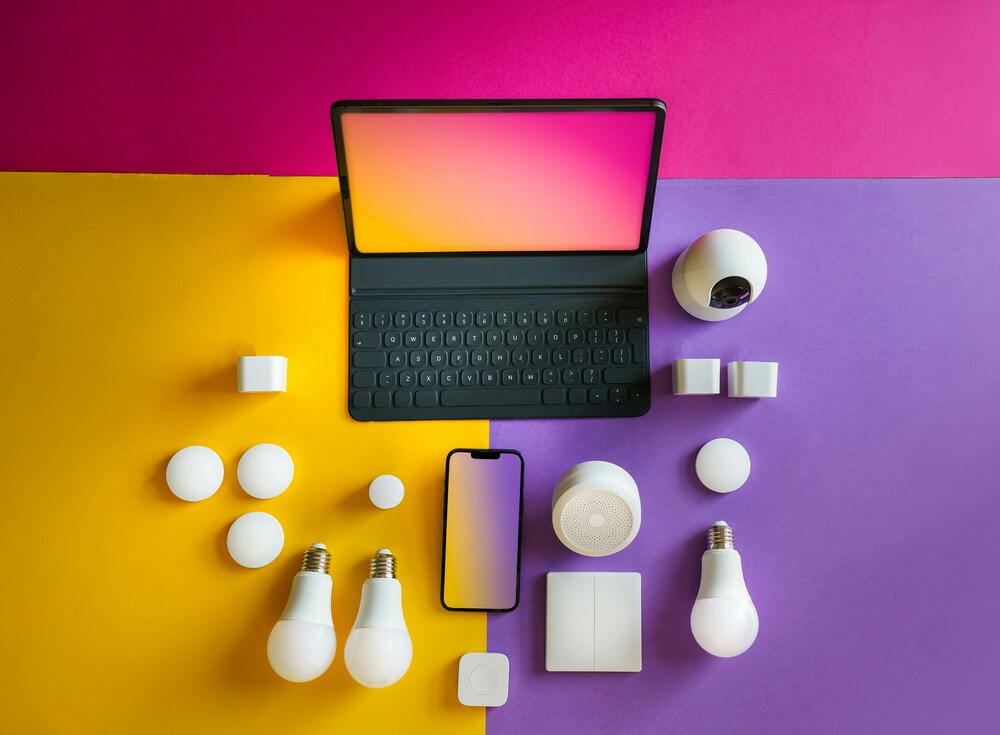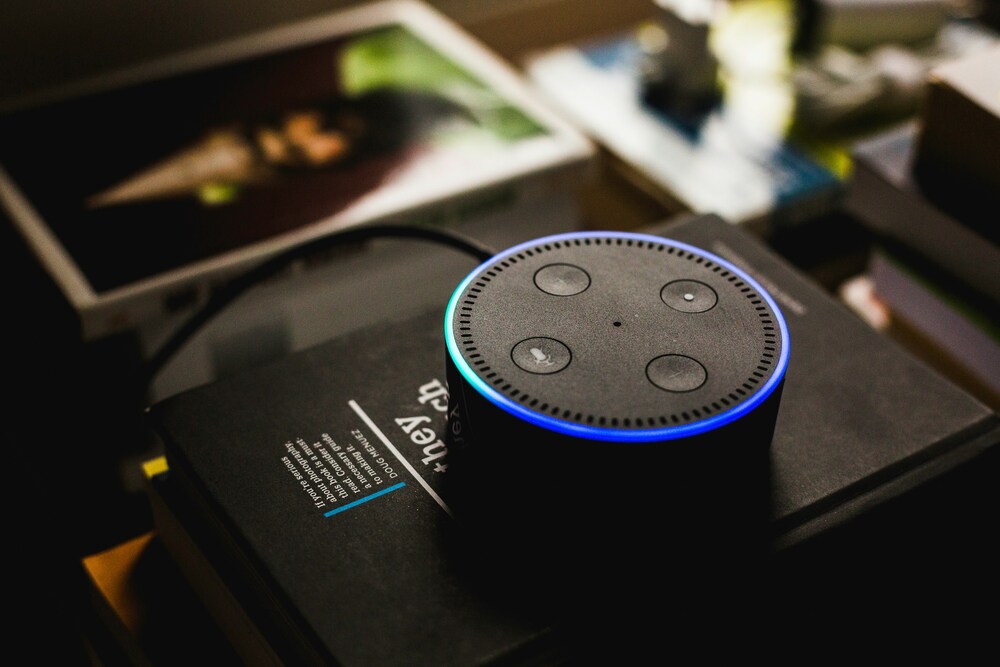- Home
- Articles
- Architectural Portfolio
- Architectral Presentation
- Inspirational Stories
- Architecture News
- Visualization
- BIM Industry
- Facade Design
- Parametric Design
- Career
- Landscape Architecture
- Construction
- Artificial Intelligence
- Sketching
- Design Softwares
- Diagrams
- Writing
- Architectural Tips
- Sustainability
- Courses
- Concept
- Technology
- History & Heritage
- Future of Architecture
- Guides & How-To
- Art & Culture
- Projects
- Interior Design
- Competitions
- Jobs
- Store
- Tools
- More
- Home
- Articles
- Architectural Portfolio
- Architectral Presentation
- Inspirational Stories
- Architecture News
- Visualization
- BIM Industry
- Facade Design
- Parametric Design
- Career
- Landscape Architecture
- Construction
- Artificial Intelligence
- Sketching
- Design Softwares
- Diagrams
- Writing
- Architectural Tips
- Sustainability
- Courses
- Concept
- Technology
- History & Heritage
- Future of Architecture
- Guides & How-To
- Art & Culture
- Projects
- Interior Design
- Competitions
- Jobs
- Store
- Tools
- More
Best Methods for Smart Home Technology Integration

Technological and societal evolution have allowed us to move on from using smartphones only. Today, we are capable of creating smart homes. This advancement in how we perceive and use automated software has transformed the lives of many individuals and families worldwide, as increased demand for simple at-home integration culminates in a fast-evolving industry. The result of this ongoing progress towards smart technology in the home is the ability to shape our lives and experiences via a device. In this guide, you’ll find out how to incorporate smart at-home appliances most effectively and prepare for future upgrades in the field.
Table of Contents
ToggleWhat Is ‘Smart’ Technology in the Home?
Simply put, smart technology is the automated framework by which your at-home facilities operate.
If the smartphone is designed to serve as the ‘everything’ product across everyday life, smart home technology strives to be your private companion. Making your life easier is central to this goal.
Whether you want to turn lights on at a certain time, set temperature adjustments, listen to specific music, or access your laundry machines from afar, smart technology endeavours to provide seamless integration.
Smart Technology Examples
The most prominent smart technology available in the modern era is the Amazon Alexa range. Comprising a plethora of multi-price options, Alexa acts as a voice-controlled partner for homeowners of all ages. This device can make phone calls, connect to those in other rooms, play radio stations, and deliver rapid answers to your queries.

Apple and Google have also developed smart home technology, through HomeKit and Assistant, respectively, with both organizations scheming to achieve the same target.
How to Integrate Smart Home Technology
Technological gains spanning multiple sectors have given way to increased accessibility, ease-of-use, and simplistic set-up opportunities.
Key requirements include a solid internet connection for stable prompts and purchasing updated products to avoid unexpected blips in performance. This doesn’t mean you have to buy the latest and greatest bit of kit on the market – just read up on which services deliver solid results for most users.
You must also consider how compatible your home is with modern smart technology. The older your house, the more difficult it may be to install contemporary lights, thermostats, and other devices.
No matter where you live, follow the clear-cut guide below to set up your smart home technology quickly:
- Research Technology: Evaluate which products are best suited to your home through consumer reviews and expert advice.
- Compare Pricing: Weigh up whether you can afford the latest product or require an older model.
- Consider Installation Options: Don’t hesitate to hire a professional to set up your new smart home technology – booking in advance is advised.
- Test Your Network: Once installed, try all features tied to your new smart home network.
- Set Personal Preferences: When you are content with the service of the smart home technology product, you can refine its output to your liking.
Smart Technology: Benefits & Drawbacks
As with all things, integrating smart technology in the home has pros and cons. The positive points certainly outweigh any negative aspects, but it’s worth examining all elements before deciding to proceed with automated software.
| Pros | Cons |
| Control various home-centric facilities while on the go | Generally relies on an internet connection |
| Low cost of maintenance | Outdated technology malfunctions easily |
| Simple installation process | |
| Several upgrade options | |
| Compatible with most homes |
Other Smart Home Technology Considerations
Before proceeding with smart home technology, it is essential to understand the end-user’s holistic needs.
Similarly, deliberate over whether the technology will provide a valuable experience for the individual. Elderly people might appreciate the product on paper, but the ‘smart’ nature of the service may prove off-putting.
You should also devise a plan for potential down periods. Internet outages, server failures, and other issues can all hamper your experience, so consider alleviating these issues by not solely relying on smart technology.
Privacy is another critical facet to scrutinise prior to a smart technology purchase. Many modern technology companies have come under fire for sharing user data with third parties and other partners, at no benefit to the consumer. Check up on the firm’s history in terms of support, user-friendliness, and privacy sharing policies.
Prepare for Future Tech Additions
Early investors typically reap the most lucrative rewards. Look at Apple, for example – an organization that ingratiates smartphone users before alternative groups could amass an equally accessible product. Now, very few iPhone users jump ship to competitor mobile devices.

The same is true for Amazon and its Alexa range. That particular entity saw a major gap in the market, filled it, and welcomes returning consumers who are entirely intertwined with the platform’s ecosystem.
Be diligent when comparing and contrasting services. This technology will become a considerable feature within your home, so do not cut corners to save a little bit of money. By investing in weaker items, you could end up spending far more than you otherwise would have.
Plus, search for the organisation’s roadmap and inspect future plans. If the company strategy involves consistent upgrades spanning a slew of products, you are better placed to move on to the next release when it arrives. Moreover, this approach frees up time that may have been spent deliberating over other products down the line.
Choose Comfort Over Function
At the end of the day, this is your smart home. Only you can decide how much technology is necessary to bolster and progress your level of comfort while in the house.
That said, it is imperative that you keep your best interests at heart and avoid needless products. If you only want smart lightbulbs, there’s no need to invest in a smart air fryer, washing machine, or microwave. Over-reliance on all-new technology can result in a phenomenon known as ‘tech fatigue’ – a major problem for those whose homes are jam-packed with automated items.
Enjoy Your Smart Home
By buying products that appeal to your needs, you’ll be better positioned to gain tangible benefits from smart home technology.
Continue to evaluate and edit your strategy as befits your needs at the time. Desires and preferences will sway as technology becomes more viable in additional regions of the home, so keep tabs on what you need versus what the current ‘hot’ topic is.
Use reviews and follow expert trends analysis to assimilate a smart home that fits your individual purpose.
Trained as an architect and seasoned in the editorial trenches, I turn raw design concepts into compelling narratives that resonate beyond studio walls. My work spans in-depth project spotlights, interviews with visionary designers, and analysis pieces that distill complex technical data into accessible insights. Whether polishing copy for publication or generating original features, I draw on years of practice to ensure every sentence captures architecture’s rigor, poetry, and cultural impact—inviting professionals and enthusiasts alike to see the built environment through a sharper, more inspired lens.
3 Comments
Submit your architectural projects
Follow these steps for submission your project. Submission FormLatest Posts
How Virtual Architecture Is Redefining Design From Real Time Worlds to Built Impact
Discover how virtual architecture is redefining design from static sketches to immersive,...
Designing a Starter Smart Home Without Breaking the Bank
Smart homes don’t have to cost a fortune. Many homeowners think they...
Style Meets Security: Choosing Entry Solutions That Do Both
When it comes to homes and businesses, entryways are more than just...
Top 5 Desktop Rebuild Cost Assessment Solutions for Property Professionals
Do you ever lay awake at night, playing out scene after scene...












This article talks about smart homes and technology. It seems useful but I am not sure if I need it.
I found the information about smart technology interesting. However, I have some doubts about privacy.
The guide on how to set up smart home tech is clear. I might consider it in the future.